Find and Apply the Best Tax Strategy for Your Retirement Income

A large retirement corpus is what everyone aims for, but the tax imposed on this corpus in retirement is often ignored. Your retirement income, although limited, can come from different sources. These can include your retirement accounts like a 401(k) account, an Individual Retirement Account (IRA), Social Security benefits, and other investments like bonds, stocks, mutual funds, real estate, etc. All of these income sources can be taxed depending on their value, withdrawal limits, taxability laws, etc.
You will be surprised to know that up to 85% of your Social Security benefits can be taxed. Traditional 401(k) accounts and IRAs are also taxed. In addition to this, federal income tax, estate tax, state tax, sales tax, etc., can add up to a significant number and reduce your overall retirement corpus. When you add inflation to this, you may be left with even less. Assuming the rising life expectancy rates, there is a significant chance of you outliving your retirement savings if you do not plan your retirement well. However, when you throw in taxes to this equation, your corpus is stretched a lot more. Hence, retirement tax planning becomes crucial. To guide you through this, you may consider consulting with a financial advisor who can answer your queries pertaining to retirement planning. In addition, he can help explain different tax planning strategies that you can use to boost your retirement corpus.
Tax planning strategies for retirees refers to methods to lower the tax output in retirement. These strategies can be applied both before and after retirement to save tax. It is estimated that by the year 2030, all baby boomers would be at least 65 years old. Baby boomers are people born between the years 1946 and 1964. There were an estimated 71.6 million boomers in the U.S in 2019, making them the largest living adult generation at the time. When so many people retire at the same time, there is bound to be an extra burden on the federal government’s resources, causing a spike in taxes. So, planning your retirement tax strategy becomes particularly vital at this time.
Here are some things you can follow to ensure efficient tax retirement planning:
- Convert to a Roth IRA: The major difference between a traditional and a Roth IRA lies in how the two accounts are taxed. Traditional IRA is taxed in retirement when you make withdrawals while the contributions are tax-free. Conversely, a Roth IRA is taxed on the contributions, and the withdrawals in retirement are tax-free. If you have a traditional IRA, converting to a Roth IRA can be the best way to save on tax. If you convert your traditional IRA to a Roth account, you no longer have to pay any tax on your withdrawals. You only pay tax on your savings in the year you convert to a Roth account. So, for instance, if you move your money from a traditional IRA to a Roth IRA in 2021, you will be taxed as per the tax slabs applicable this year. After this, your withdrawals in retirement will not attract any taxes.
- Pick a tax-friendly state to live in: There are several taxes that you might face after retirement like the estate tax, state tax, federal income tax, property tax, etc. Some states in the country may levy all of them while others may levy only some of them. In addition to this, you could also be taxed on Social Security benefits in some states. For instance, Rhode Island, Connecticut, North Dakota, Minnesota, Kansas, Colorado, Missouri, Nebraska, New Mexico, Montana, Vermont, Utah, and West Virginia tax Social Security benefits. On the other hand, Florida, Texas, South Dakota, Nevada, Alaska, Washington, and Wyoming charge no income taxes at all. Likewise, there is no estate or inheritance tax in Arizona and Wisconsin. But Vermont charges an estate tax on estates worth more than $5 million as of 2021. Washington also charges an estate tax.
- Invest in low tax investments: Financial advisors often advise adjusting your investment portfolio before retirement and moving to a more debt-oriented portfolio to reduce risk and volatility. Apart from reducing risk, another thing to focus on here is tax. You must also readjust your portfolio to lower your tax output in retirement. Retirement is a time when you should focus on capital preservation more than creation, and including investments like bonds can help you achieve this objective. For instance, you can consider investing in municipal bonds. The dividends are steady with low risk. Moreover, the interest earned is free from federal income tax. Municipal bonds can greatly help you if you are in a high tax bracket already and want to lower your taxes. Tax-managed mutual funds are another choice here. The fund manager of a tax-managed fund uses a number of strategies like selling securities at a loss to offset gains. This helps lower your overall taxes.
- Plan your withdrawals well: The time when you make withdrawals from all your savings and investment accounts also affects your taxes. As per the Required Minimum Distributions (RMDs) rule, you must withdraw a certain portion from your retirement accounts from the age of 72 or 70.5 if you turned 70.5 before January 1, 2020. If you fail to do so, you will owe 50% of the amount that should have been withdrawn and the applicable income tax on the withdrawal amount to the Internal Revenue Services (IRS). While you will have to start taking RMDs from the age of 72 or 70.5 onwards, there are some tax planning strategies for retirees that can help save tax along the way. The first method that can help here, especially in the case of a traditional 401(k) or IRA, is to delay your withdrawals. The longer you delay your withdrawals, the longer are the prospects of not paying any tax on them. Moreover, your investments also continue to grow tax-deferred. The second method is to not wait till the age of 72 or 70.5 and to start taking your RMDs in your 60s. This way, the tax gets evenly distributed over the years, without being too high in any particular period of time. Your taxable income stays steady and even, and it is easier to pay the tax without it interfering with your retirement budget.
- Invest in annuities: You can use the funds in your IRA or 401(k) retirement account to purchase a deferred annuity and postpone your RMDs. This will help you further postpone paying tax on the RMDs. You can use up to 25% of your retirement account balance or $135,000 (whichever is lower) from any of your retirement accounts and use the money to invest in a Qualified Longevity Annuity Contract (QLAC) within the retirement account. Funds allocated to a QLAC are exempt from RMDs till the age of 85. A QLAC is also a safe investment for retirement as it is low in risk and offers safety from any stock market fluctuations. So, your money remains safe, and you get to postpone your taxes. Moreover, a QLAC lets you add your spouse, further providing your loved ones with financial security. Furthermore, you can add a cost of living adjustment to your contract to adjust your annuity as per inflation in the coming years.
- Use a health savings account (HSA): If you are still working and have some time left to retire, you can consider adding an HSA to your list of retirement investments. An HSA can be a great savings vehicle to prepare for health costs in retirement. Moreover, it is useful for reducing your taxable income too. For 2021, you can contribute $3,600 and $50 as catch contributions for single coverage and $7,200 and $100 as catch contributions for family coverage.
- Purchase insurance: Insurance is not only a retirement tax planning strategy but also a vital tool to ensure financial security. Life insurance can help your family members carry on their lives in your absence. It can guarantee you peace of mind and a stress-free life. It can also offer you tax breaks. Permanent life insurance policies can offer you a tax-free income in retirement. When your beneficiaries inherit your IRA or 401(k) account, they will be liable to pay tax on the inheritance. However, the death benefit from a permanent life insurance plan is given to the nominee entirely tax-free. Life insurance lets you transfer your money to your beneficiaries independent of income and estate taxes. Moreover, a permanent life insurance plan from a reliable private insurance company can offer you a lot more security than Social Security benefits or Medicare. There are always rumors surfacing that government benefits will cease to exist in the foreseeable future. Social Security’s cash flow has shown a negative trend since 2010. So, investing in a life insurance plan while planning your retirement tax strategy can be an excellent way to reduce not only taxes but also to ensure more stability and surety. Moreover, there are several types of life insurance, such as plans with health riders, plans that offer annuities, endowment policies that let you save, etc. that can provide a host of benefits at low risk. And if you have maximized your contribution limits for all your retirement accounts, a life insurance plan can be easily added to your portfolio as a low-risk option to reduce volatility.
You can consider converting to a Roth account before you retire. If the tax liabilities amount to a lot, you can balance it out by working or investing more. You could take up a part-time job or work a few extra shifts. You can also consider investing in high yield stocks to make up for the amount paid in taxes. This way, your retirement savings will not be affected, and you can expect to enjoy a tax-free income from your IRA in your golden years. A Roth IRA is also a better option if you wish to include it in your estate and pass it on to your heirs. Typically, beneficiaries have to withdraw all the money from the inherited retirement account within 10 years of inheritance. This increases their taxable income. However, with a Roth IRA, they will be able to enjoy tax-free withdrawals that can benefit them more.
Considering the fact that the taxes are considerably low in 2021, this can be an excellent time for a retirement tax planning strategy like Roth conversion. Moreover, since most people have suffered income cuts due to the pandemic, your taxable income is likely to be low anyhow. Even after adding the additional taxes from the Roth conversion, you will remain in a lower tax bracket as compared to any other year.
When you decide to retire, you should look at all the taxes charged in the state you reside in. Some people may want to move to a new state or country after retirement. In case you choose to do the same, find out the taxes charged in your new place of residence. You should also look at taxes, such as sales tax, property tax, etc., along with the cost of living, as these can add up to a lot and ultimately lower the value of your retirement income. Also, keep in mind that as important as it is to consider factors like safety, weather, healthcare, proximity to loved ones, etc., while deciding on a place to retire and settle in, it is equally necessary to understand the taxability laws of the region.
You can also invest in publicly traded U.S corporations. The dividends received from these are taxed at a lower rate than ordinary income. In addition to this, you can try some other retirement tax strategies like using losses from the sale of a property or other securities to offset capital gains.
Apart from the above, another effective strategy to follow here is to avoid two distributions in a year. Your first RMD is due by April 1 of the year after you turn 72 or 70.5. Your second and all subsequent distributions are due by December 31 each year after that. If you delay your first distribution until April, you will be forced to take two distributions in the same financial year. This will result in a high taxable income and put you in a high tax bracket for the concerned year. So, plan your distributions in a manner that they fall in two different financial years for tax commuting purposes.
Lastly, if you have enough income sources other than retirement accounts, you can consider donating your IRA funds to a charity. After the age of 70.5, you can save tax on up to $100,000 (individually) and $200,000 (as a married couple) per year on IRA withdrawals donated to charity. If you do not intend on using your IRA income, charity can help you avoid taxes too.
SPONSORED WISERADVISOR
You can maximize your contributions as per the annual limits and lower your taxable income. Your investments will grow tax-free. The qualified withdrawals in retirement after the age of 65 will also be tax-free. Although non-qualified withdrawals used for expenses other than medical are taxed as ordinary income, HSAs are exempt from RMDs. So, you can still end up saving a lot of tax.
To conclude
The right tax planning strategies for retirees can change the course of your retirement. Keep in mind that retirement planning is not limited to how much money you can save up. It is also about how you liquidate your savings to earn maximized benefits without incurring heavy taxes. Simple measures like buying a life insurance plan, making last minute Roth conversions, selecting a good place to settle, etc., can help. These steps do not require any professional guidance and can be easily undertaken after some careful planning and evaluation from your end. For other major decisions like picking tax-efficient investments, prioritizing and planning your distributions, moving funds to a QLAC, etc. you may require some professional guidance. In this case, you can get in touch with a professional financial advisor in your area and make better retirement tax planning decisions to ensure that you live a comfortable and financially stable retirement life.








.jpg)

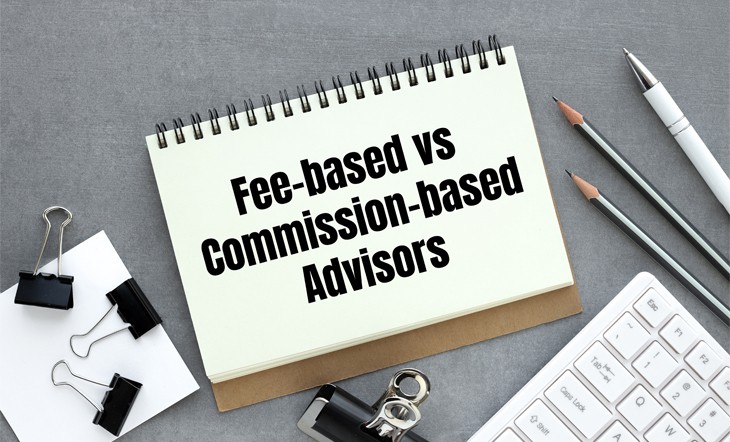











.jpg)





.jpg)


.jpg)


.jpg)
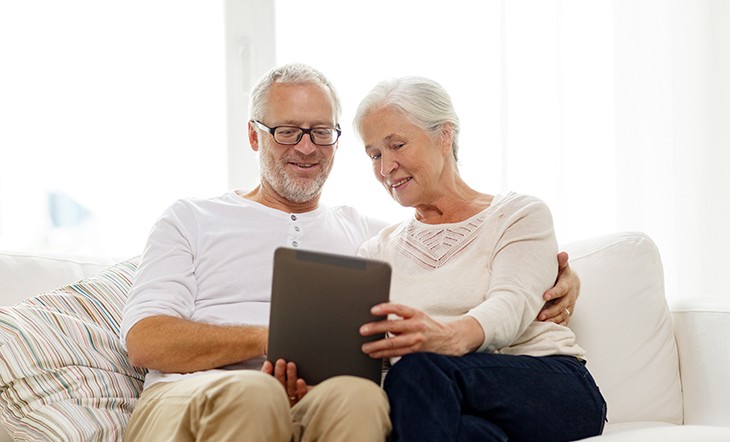












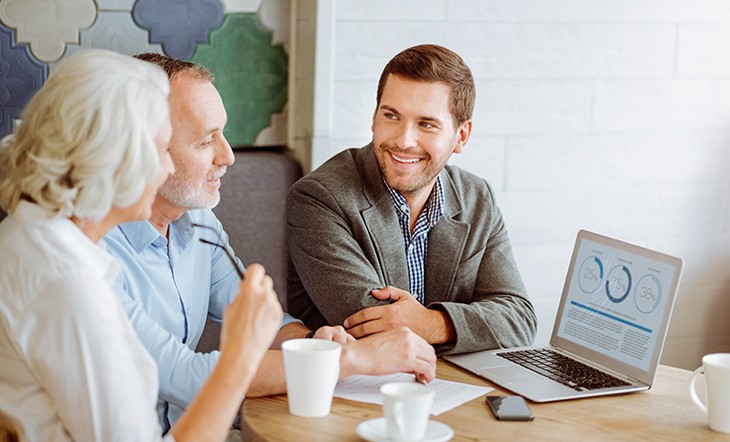

.jpg)




.jpg)





.jpg)

.jpg)







.jpg)

.jpg)




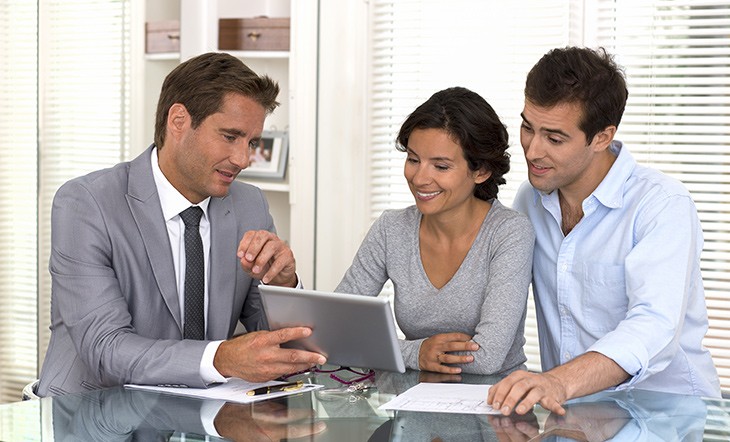
.jpg)


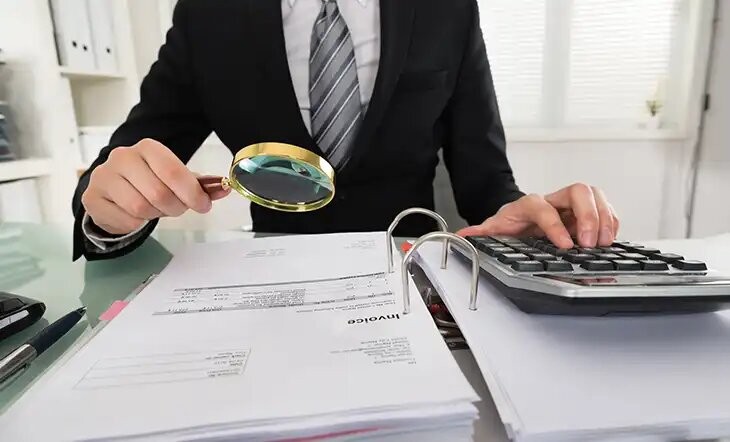

.jpg)

.jpg)


.jpg)

.jpg)





.png)
.jpg)
.jpg)




.jpg)

.jpg)
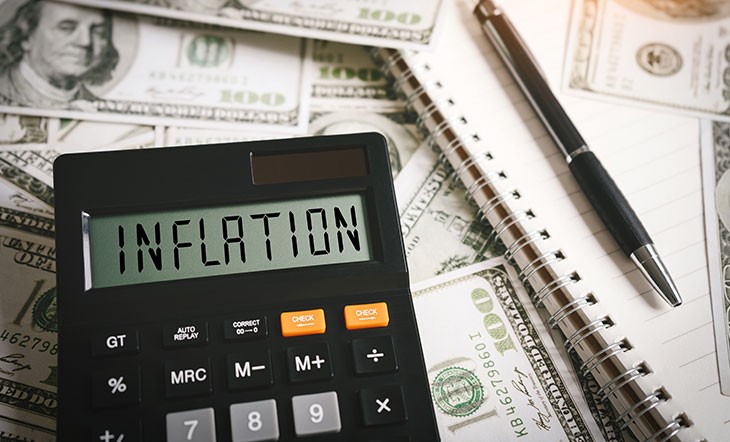

.jpg)



.jpg)
.jpg)


.jpg)
.jpg)
.jpg)
.jpg)

.jpg)




.jpg)


.jpg)

.jpg)


.jpg)
.jpg)
.jpg)
.jpg)
.jpg)

.jpg)

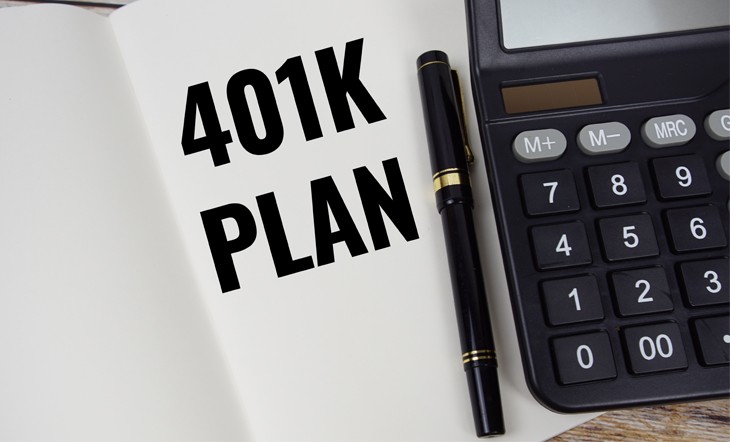


.jpg)
.jpg)


.jpg)
.jpg)
.jpg)
.jpg)

.jpg)
.jpg)









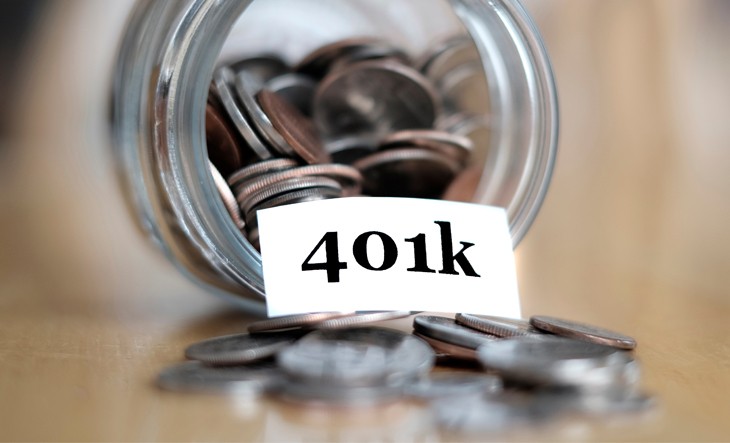





.jpg)
.jpg)



.jpg)



.jpg)












.jpg)



